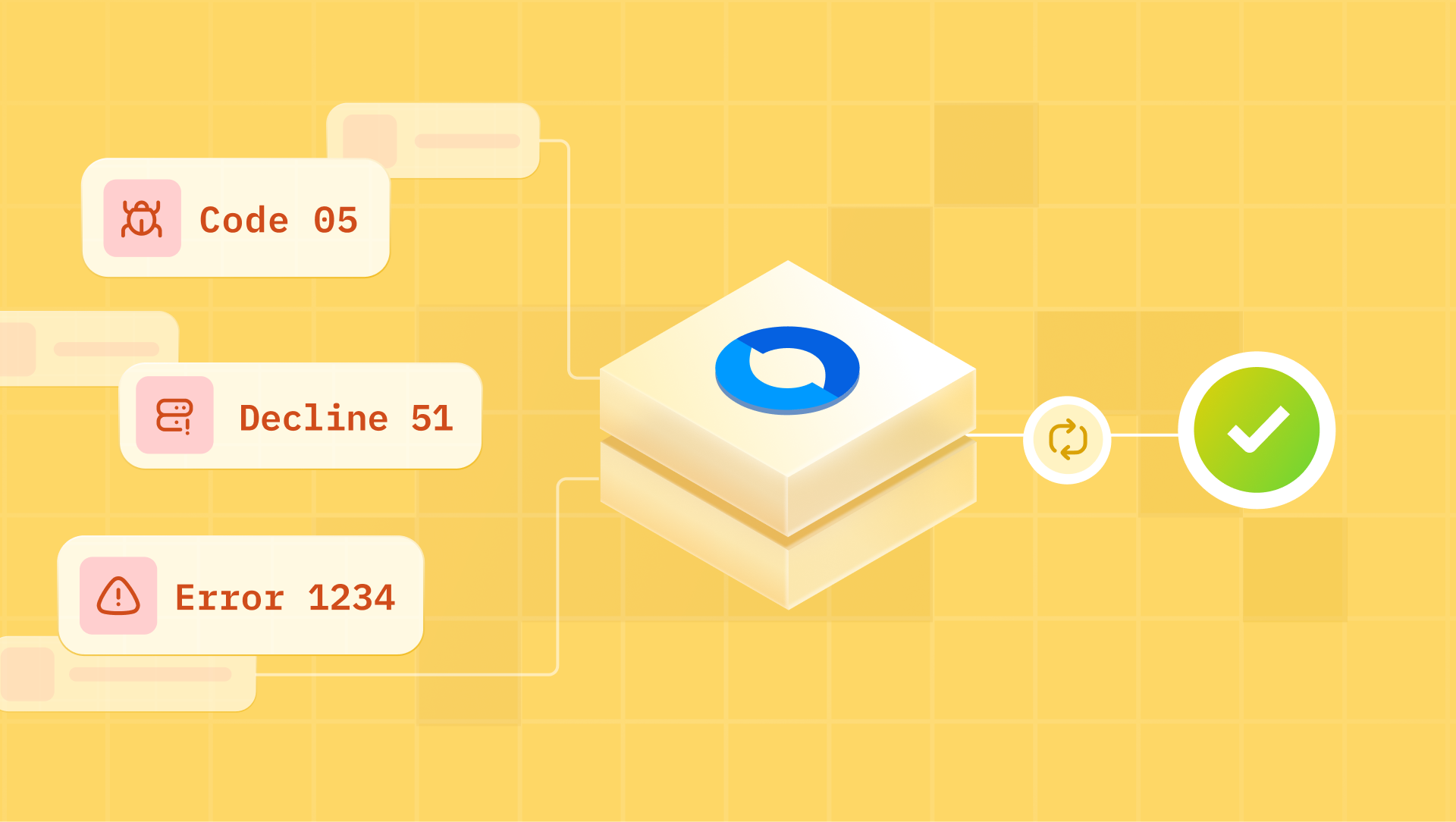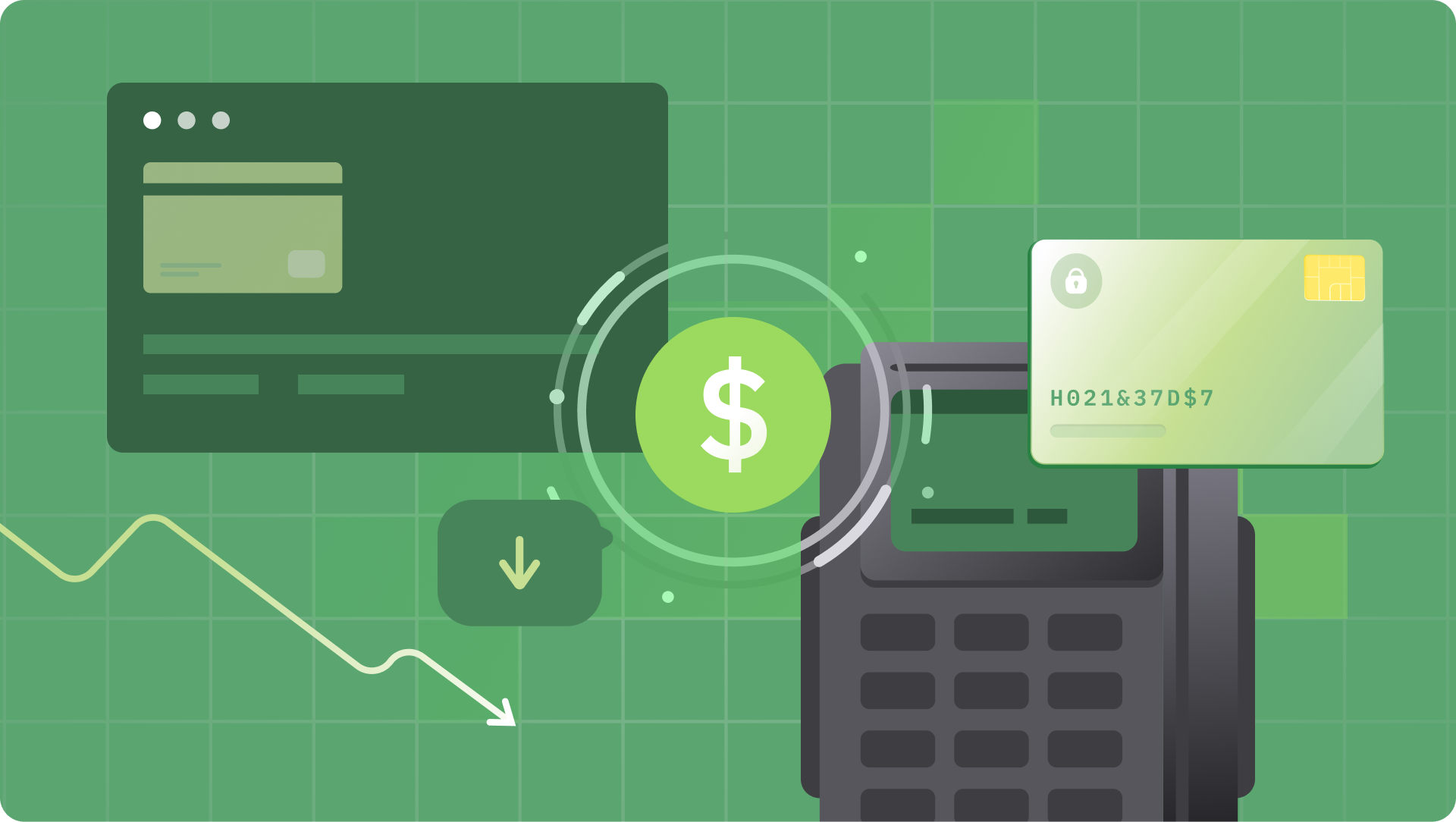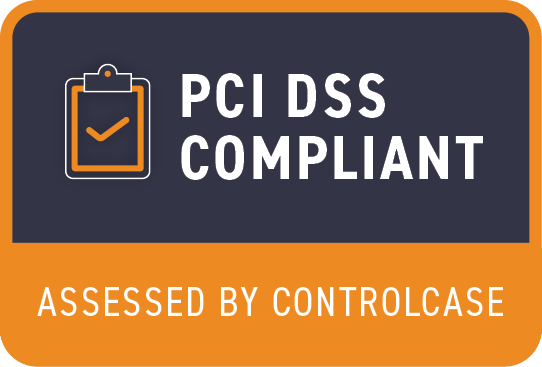What is BNPL ?
BNPL stands for Buy Now, Pay Later. As the name says, BNPL allows customers to buy products or services on credit. It allows the customer to pay later or get financing options to pay in installments. This credit or financing improves the customer's affordability and allows them to purchase without impacting the monthly cashflows.
The Rise of BNPL
Consumer payment preferences are shifting from traditional methods like cards to modern payment methods like BNPL. In 2021, BNPL's share of E-commerce payments was 8% in Europe, 4% in North America, and 3% worldwide, and its share is set to nearly double by 2025 - i.e., 12% (in Europe), 9% (in North America) and 5% (worldwide).
BNPL contributes to as high as 20-25% of E-com payments in European countries like Sweden and Germany. Initially, BNPL was popular in lifestyle categories like Fashion, Furnishing, and Home decor. However, there is increasing adoption in categories like travel, health, electronics, high-value consumer services, etc. BNPL is increasing its share in offline payments too. Beyond the Fintech firms, traditional banks and big-tech firms are also venturing into BNPL.
Working Process of Payment Orchestration
Payment Orchestration operates as a sophisticated conductor, analyzing transaction details in real time. When a customer initiates a payment, the orchestration platform swiftly evaluates various factors such as transaction amount, currency, location, and customer preferences. Based on this analysis, it dynamically selects the most suitable payment method and gateway to ensure a successful and efficient transaction. By optimizing this intricate payment flow, Payment Orchestration minimizes the chances of payment failures and declines, delivering a harmonious checkout experience.
Pros and Cons of Payments Orchestration
Pros:
- Smart routing results in increased successful payment rates, reducing the frustration of failed transactions for both customers and merchants
- Simplified integration and compatibility across diverse payment methods
- Adaptability to new payment methods and technologies
- Advanced fraud detection and security measures
Cons:
- It may add around 20ms delay in your payment process
- Payments will become so simple that the payment teams may look for other tasks
Importance of Payment Orchestration:
Payment Orchestration plays a vital role in the success of modern businesses. The ability to offer customers a seamless and frictionless payment experience is crucial in retaining their loyalty and gaining a competitive edge. Moreover, as markets continue to expand globally, Payment Orchestration empowers businesses to extend their reach, catering to a broader audience with diverse payment preferences.
Impacts - Business, Personal, and Merchants:
Business Impact:
- Higher Conversion Rates: With improved payment success rates, businesses witness a surge in successful conversions, driving revenue growth and profitability.
- Optimized Operational Efficiency: Payment Orchestration streamlines payment processes, reducing manual intervention and optimizing resource allocation.
Personal Impact:
- Enhanced Shopping Experience: Customers enjoy a smooth and hassle-free checkout process, resulting in increased satisfaction and loyalty towards the business.
- Secure Transactions: Advanced fraud prevention measures provide customers with peace of mind and build trust in the business's credibility.
Merchant Impact:
- Data-Driven Insights: Payment Orchestration platforms offer valuable transaction data and analytics, enabling merchants to make informed decisions and improve business strategies.
- Expanded Market Reach: With the ability to process diverse payment methods, merchants can confidently enter new markets, expanding their customer base and increasing revenue potential.
In conclusion, Payment Orchestration has become an integral part of modern commerce, orchestrating a symphony of seamless payments. By leveraging this innovative solution, businesses can elevate customer experiences, streamline operations, and drive growth in an increasingly digital landscape.
Know more about Payment Orchestration by reading this blog.
Why are consumers choosing BNPL?
- Improves affordability: BNPL allows customers to purchase products and pay in installments to fit their cashflows into their monthly or weekly budgets.
- Interest-free credit: BNPL plans are funded by merchants, and customers avail of this credit at low or zero interest. This meets the needs of customers who don't have access to bank loans or credit cards.
- Convenient & Fast checkout: BNPLs have heavily focused on customer experience and fast checkout. Once signed up for a BNPL, the checkouts are blazing fast and smooth, thereby increasing conversion rates for merchants.
- Shopping Apps: BNPLs have built social-media style, customer-centric apps with a curated list of products. This leads to new product discoveries and higher conversions.
- Branding: BNPLs have done great branding, creating a natural consumer pull. Consumers trust these new-age brands for their customer-friendly policies, transparent pricing, and seamless payment experiences.
- Offers & Discounts: Some BNPLs offer special offers, discounts, and cashbacks to attract new customers.
Benefits of BNPL to Merchants
- Improve Sales Conversions: BNPL tries to improve the affordability of customers, which results in sales uplift and improved conversions.
- New Customer Acquisition: For the benefits outlined in the previous section, BNPLs help merchants acquire new customers through their app, branding, and offers.
- Offer Better Payment Experience: BNPLs typically offer a superior payment experience, especially for registered users. The BNPL accounts are usually linked to personal information like email or mobile number, making it easier to enter at checkout screens (compared to entering account or card numbers).
- Recovering failed payments: BNPL, as a payment method, is an excellent option for retrying failed payments. Since BNPL is usually authorized using a closed network without the involvement of 3rd parties like payment networks, issuers, acquirers, etc., the success rates tend to be higher for credit-worthy customers. Products like Hyperswitch's Smart Router will help in auto-retries.
- Improve Customer LTV: Since BNPLs encourage customers to shop and spend more, LTV tends to be higher thanks to higher conversions and purchase frequency.
The Watch-outs for Merchants
Though BNPL has multiple benefits, it has its share of problems for merchants. Hence you should carefully evaluate the following before offering the same to customers:
- Payment costs: If the merchant agrees to finance the purchase, BNPLs could charge the merchant 4-6% as a payment processing fee. So, before choosing the list of installment plans of the BNPL, compare the costs. So, ask: How are the fees compared to other payment methods?
- ROI: While there are clear benefits to both buyers and sellers, BNPL may not result in a sales uplift. It might cannibalize regular payments with lower processing fees than BNPL. So, important to ask: Does the uplift in sales justify the payment costs charged by BNPL?
- Payment Experience: Though BNPLs have spent a lot of effort in seamless checkout, your payment processor's integration method and underlying implementation might compromise the payment experience and conversion. The critical question is: Is there any friction for the BNPL payments? Can you avoid webpage redirection?
Should you offer BNPL as a payment option?
If your product or service targets young customers, BNPL is an attractive payment option. But you should carefully study the pros and cons highlighted above and make a final choice based on the ROI for adding the BNPL. Do the benefits justify the cost? If yes, you should add them as a payment option.
How to integrate BNPL as a payment option?
- Direct integration with BNPL: After signing up with the BNPL, you can directly integrate with them through API or SDK. Integrating various BNPL players and managing the checkout or payment page in-house requires much effort.
- Redirect using Payment Processors: Payment processors like Stripe and Braintree offer BNPL as payment options. You can configure your BNPL account in the processor's dashboard and direct payments to BNPL through them. Many payment processors integrate with BNPL by redirecting customers to the BNPL page, resulting in a broken customer experience.
- Integration using Orchestrators like Hyperswitch: Payment orchestrators allow direct integration with BNPLs or offer them through payment processors (i.e., option #1 and #2 above). Products like Hyperswitch allow you to choose in-app integration of BNPL payment options to avoid redirection. This can significantly improve the payment experience and conversions.
Top BNPL Players You Should Consider Offering
- Klarna: Swedish fintech company offering flexible payment options to 150+ Mn customers across 450k merchants in 45 countries. It offers integration options like In-app SDK, API, and e-com platform plug-ins.
- Affirm: US Fintech firm operates as a financial lender of installment loans to finance purchases at online checkout or offline POS. It offers pay-in-parts, pay-in-installments, virtual cards, and savings accounts. As of 2022, it has annual revenue of $1.35Bn and 13Mn customers. It has integrations through E-com platforms and direct API integrations.
- AfterPay / ClearPay: Australian FinTech company that has significant operations in ANZ, UK, US, and Canada. It offers short-term financing options to eligible shoppers. In FY21, it has annual revenue of AU$ 924 Mn. It offers similar integration options to Affirm.
- PayPal Pay Later: PayPal offers 2 BNPL options to merchants - Pay in 4 (interest-free payments in 4 weeks) and Pay Monthly (Equal monthly installments up to 24 months). It is offered in popular online and offline shops.
- Zip: Its BNPL offerings are currently available in Australia, New Zealand, the United Kingdom, the United States, Canada, and Mexico. It offers Pay-in-4 and Zip Card for in-store payments. It also offers direct API and E-com platform integrations.
- Sezzle: Offers interest-free installment payment options in online stores. It allows customers to pay in 4. As of Jun 2021, it has 3Mn users. It offers an E-com platform and direct API integrations.
- Splitit: Its Installment-as-a-Service offers plans similar to PayPal but uses customer credit cards to offer installment payments. It is a technology provider enabling installment payments on cards.
- Local / Country specific BNPL like BBVA Wallet, Atome, Hoolah, etc








